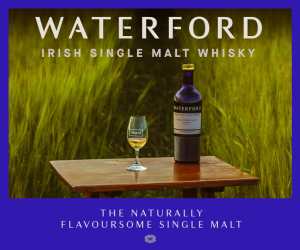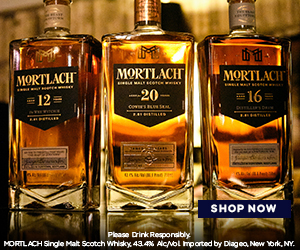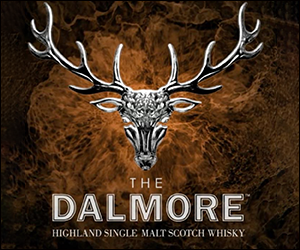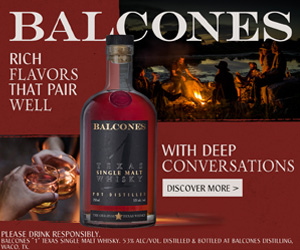Stories
Whisky is a passion to explore. From the history of the spirit to the evolution of the industry, the story of whisky helps fuel that passion. Often, it’s easy to forget that whisky is also a global multibillion dollar industry. The stories of whisky — from news and new releases to in-depth inquires and what goes on behind the label — blend together to help us appreciate the spirit of whisky.
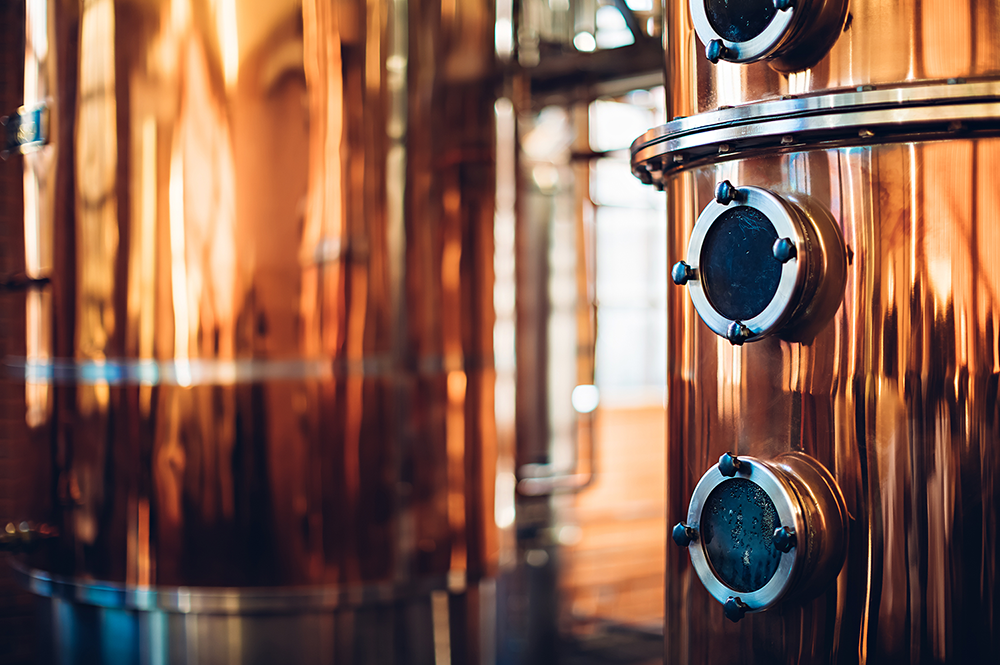
“Star Trek” Economics & Whisky Prices in a Post-Tariff World
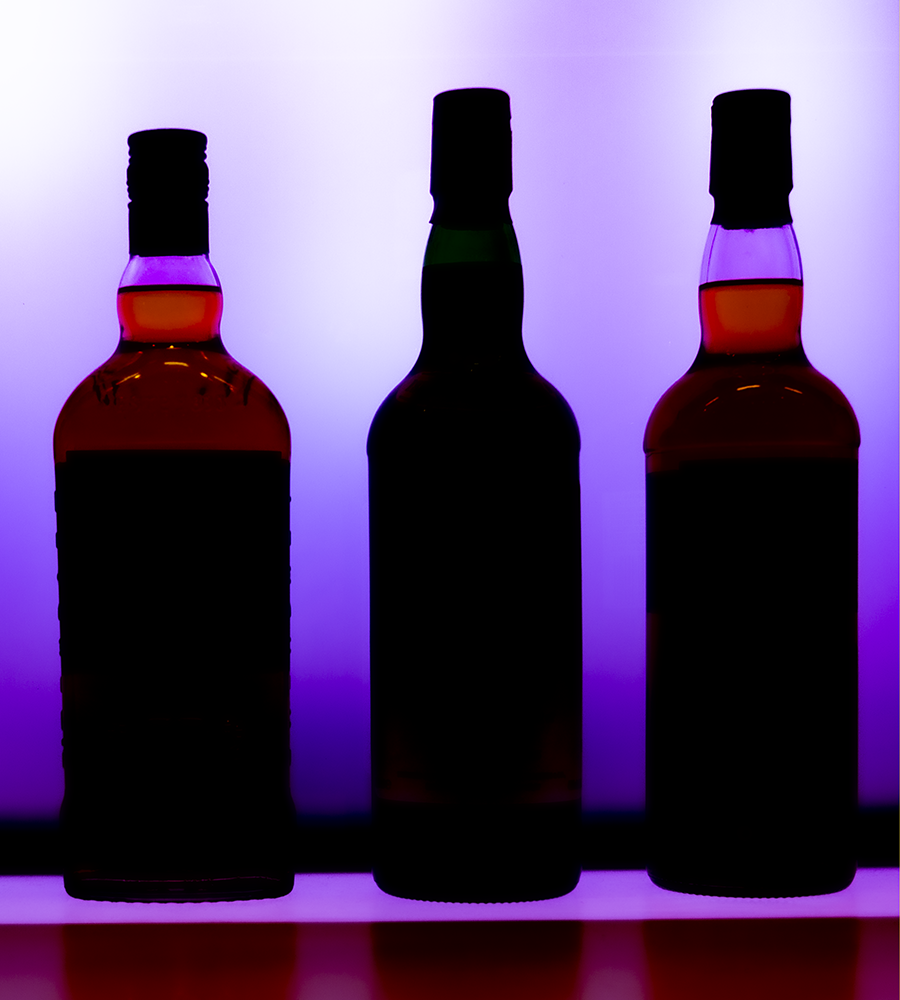
Commentary by Mark Gillespie
March 6, 2021 – After the United States reached tentative truces with Great Britain and the European Union this week and suspended its “whisky tariffs,” I started getting questions like this on social media:
“How long before we see whisky prices fall now that the tariffs are gone?”
Before I answer that question, let’s explain just what happened this week. The Biden Administration is still waiting for Senate confirmation of Katherine Tai, President Biden’s nominee to become U.S. Trade Representative. A vote is expected this coming week now that the Senate has completed work on a $1.9 trillion Covid-19 economic relief package. While there is no Senate-confirmed diplomatic in charge of U.S. trade policy, permanent staff in the Office of the U.S. Trade Representative have been working with acting leadership on key trade issues, including the aerospace subsidies dispute pitting the U.S. against Great Britain and the European Union that led to the “whisky tariffs.”
The agreements announced this week only suspend for four months the tariffs both sides imposed on each other’s exports following World Trade Organization rulings that both sides illegally subsidized aircraft makers, with the EU (including Great Britain) helping Airbus and the U.S. backing Boeing. Those rulings allowed each side to impose tariffs on goods equivalent to the amount of economic damage caused by the subsidies. In October of 2019, the U.S. chose to levy a 25% tariff on imports of single malt whiskies from Scotland and Northern Ireland, along with other luxury goods from European Union member nations. Last year, Europe (including Great Britain pre-Brexit) imposed its own tariffs on U.S. made spirits and other goods.
This is a different dispute than the one over steel and aluminum in 2017 and 2018 when the Trump Administration slapped tariffs on those imports on “national security” grounds, which led to the EU’s 25% tariff on Bourbon and other American whiskies in June 2018. That tariff remains in effect, and is scheduled to double to 50% in June unless an agreement is reached on steel and aluminum imports.
Now, I know what you’re thinking…
“Mark, you mentioned “Star Trek” in the headline. How does Star Trek figure into all of this, or were you just playing the “clickbait” game?”
Dear reader…I would never toy with you like that!
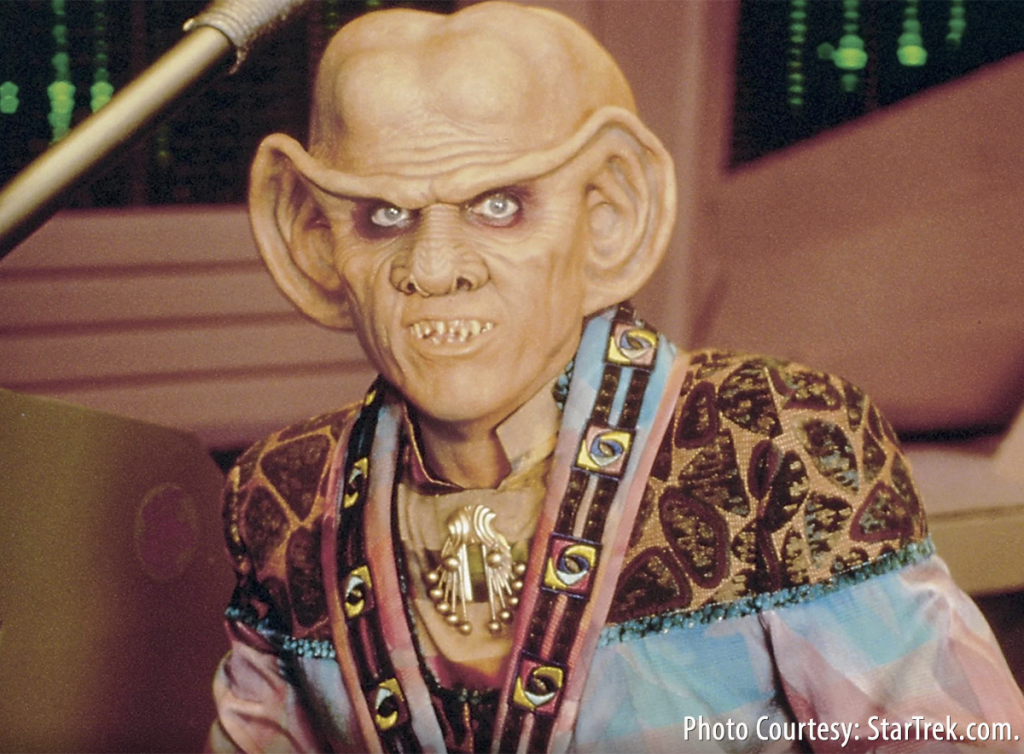
In “Star Trek: The Next Generation,” we met the Ferengi for the first time, but it wasn’t until “Deep Space Nine” that Quark and his interstellar bar introduced us to the Ferengi Rules of Acquisition. Of course, the first Ferengi Rule of Acquisition is:
“Once you have their money, you never give it back.”
That’s the simple explanation why U.S. prices for most single malt Scotches won’t likely be come down with an end to the tariffs, but it’s a bit more complex than that.
The “three-tier” system for alcohol distribution in the U.S. plays a key role in our story, since it was designed after the end of Prohibition to maintain independence between whisky makers and the retail tier, including liquor stores, bars, and restaurants. While they can suggest a “recommended retail price” for whiskies, many states actually make it illegal for whisky makers or their regional distributors to dictate prices to retailers. Essentially, most retailers are free to set whatever price they feel their local market will bear – except in states where governments play a role in setting prices.
This becomes important when we look at how the tariffs are actually imposed. It’s not the whisky company in Scotland that was responsible for paying the 25% tariff, but the U.S.-based import company that actually takes delivery of a whisky shipment once it arrives at the border – and pays the tariff based on the wholesale price listed on the shipping invoice. With larger global spirits companies, that importer is often an internal unit, such as Diageo North America, Pernod Ricard USA, and the like. Most of the time, though, the importer is a small independent company that has a contract with distilleries to be the “exclusive” U.S. importer for their whiskies.
For those larger companies, tariff accounting has been more opaque since a company can juggle its finances internally to account for the tariffs and either pass along the entire cost to their regional distributors or absorb it to keep retail prices low. Most of the major whisky makers have not publicly disclosed their policy on tariff accounting for competitive reasons, and it’s a small enough expense that it doesn’t show up on their quarterly financial statements.
On the other hand, small distilleries have been hit much harder by the tariffs. They’re more likely to work with equally small independently-owned importers who make their purchasing decisions with very sharp pencils, and many of those importers have been cutting back on the number of distilleries they work with or reducing the size of their orders because of the cost of the tariffs. One example (and there are many) where there has been a compromise remains Kilchoman Distillery and Impex, with both agreeing early on to split the cost of the tariffs in order to keep retail pricing steady.
When importers gets shipments after they have cleared Customs, they then sends cases of whisky to regional distributors along with an invoice that may or may not reflect the tariffs. As a distributor drops off a case at your local liquor store, the owner will get an invoice that almost certainly includes its increased cost because of the tariffs. The retailer then takes that higher price into account when figuring the final price you’ll see on the shelf, which is how you wind up paying the final cost of the tariffs.
So…why doesn’t an end to the tariffs mean prices will come down?
Had the tariffs only been in place for a few weeks, they wouldn’t have had much of an impact. However, as the trade dispute has dragged on for nearly 18 months, the cost of the tariffs has become “baked in” to pricing across the tiers, and that’s a disincentive to lowering prices. As shipments make their way from Scotland to your local liquor store, it’s become harder to differentiate between cases of a whisky brand in a warehouse that may or may not have been subject to the tariff…especially once new “non-tariff” shipments hit the warehouse.
While economics has its own laws, we can also look to the one of the laws of physics to see how they might work together in this case. Newton’s First Law of Motion tells us that an object will remain at rest unless it is influenced by an outside force. In this case, the Trump Administration’s whisky tariffs acted as a force to send whisky prices rising. A starship in Star Trek will continue along a trajectory once its engines shut off unless gravity interferes with that motion, and in this case, a four-month suspension of the tariffs amounts to turning off the engine. Unless another force – such as a decision to lower prices – comes along, inertia will probably keep whisky prices where they are.
Of course, that decision would violate Ferengi Rule of Acquisition Number One. Since I have friends at all three tiers of the industry who might bristle at being compared to the Ferengi, let’s put it this way.
Are you familiar with the concept of the snowball and Hell?




